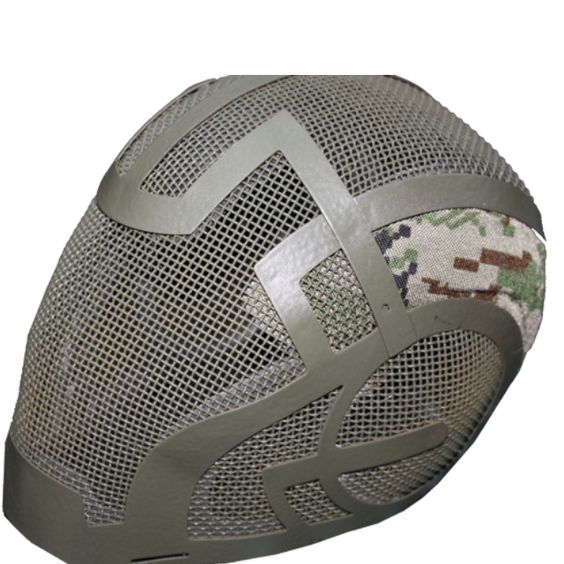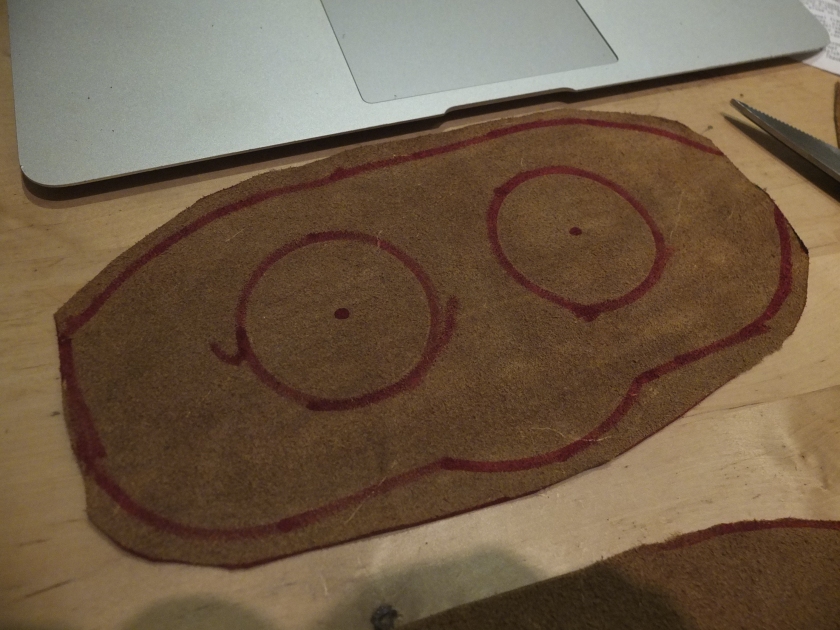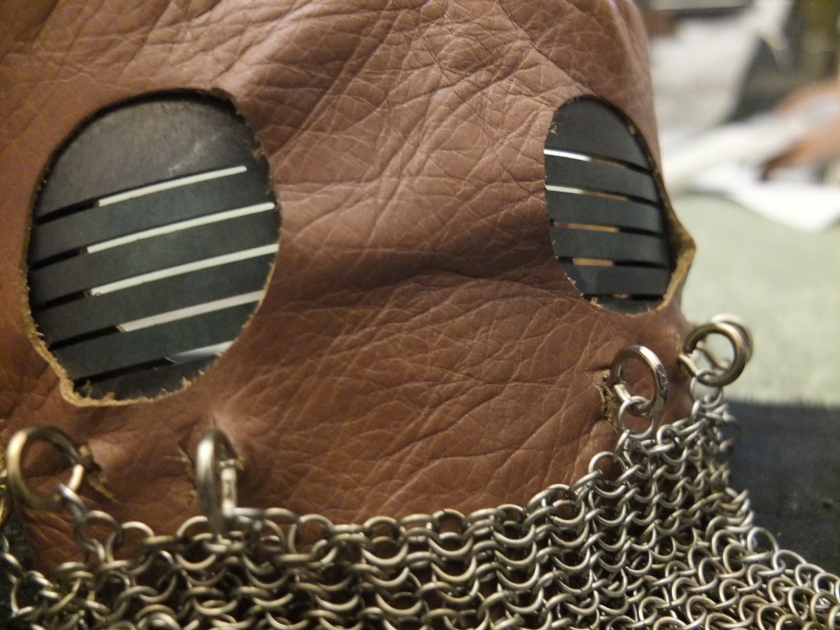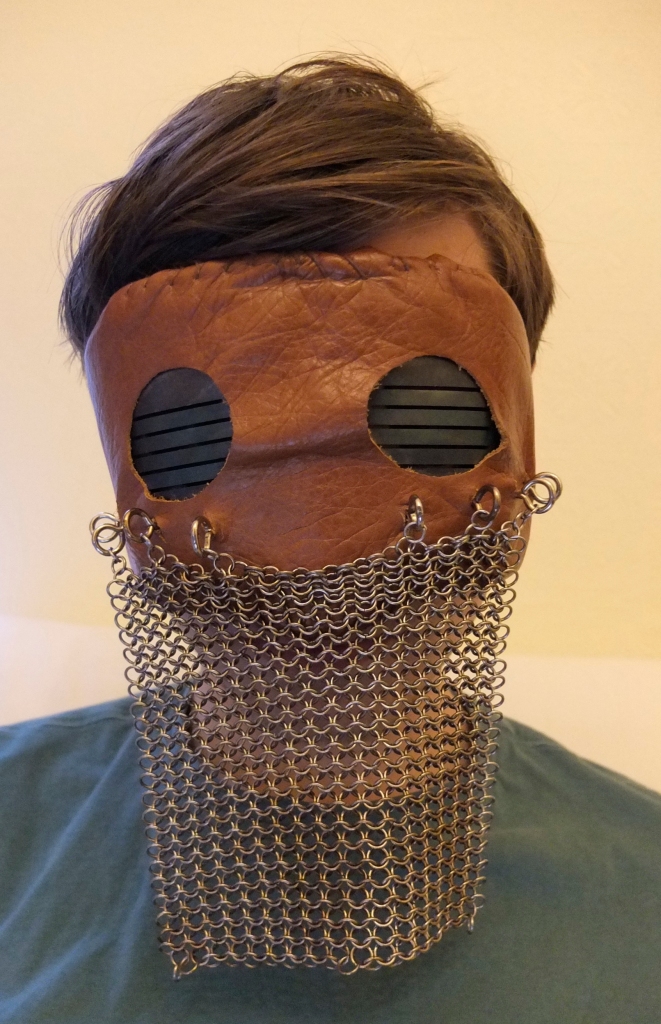Preface:
This is intended as an introduction to airsoft, it is a general guide to airsoft in the UK, though many of the points here will be the same abroad.
Part One is a really basic starting point.
Part Two A looked in detail at eye protection
This is Part Two B looking at equipment
Part Two C will look at guns finally!
Part Three will look at specific airsoft genres.
If you would like to read more about getting into airsoft you can find all of our articles HERE.
So, you’ve tried airsoft and you like it!
So, you’ve been to a couple of games, you have decided what eyepro is best for you and now you need to get the rest of your kit.
Facepro
Facepro (face protection) isn’t compulsory on most sites in the UK. Some people wear it all the time, others never wear it. If you don’t like being shot in the face, that’s pretty understandable! But don’t whine about it, wear protective gear or you only have yourself to blame. BBs have a magnetic attraction to bare flesh! If your local site is a CQB site, full face protection is highly advisable.
As mentioned in the previous article, you can get integral goggles and face protection, but re-read that section if this is what you are considering.
Most face protection is a shaped piece of mesh with padded edges that covers your lower face, most of your nose and the jaw. You wear this in conjunction with goggles and this is by far the most commonly used and allows you to easily switch between mesh and clear goggles between games if you need to. It offers pretty good protection all round but there are usually gaps around the ears, throat and sometimes between the goggles and the mask.

It is possible to get extra protection for the ears, mesh cups that cover them to prevent some of the most uncomfortable hits in airsoft. These usually are suspended from the helmet/headgear. You can also get plates that mount onto fast helms.
It is possible to go an extra level and get all-in-one ear, face and throat protection. These look ludicrous but do have fewer gaps in for BBs to sneak past.
If you want to go ALL the way you may wish to get a whole head covering. This is essentially a mesh mask as described above but forming a ‘bubble’ around the whole head. You will end up looking like a martian, but at least you won’t get shot in the head!

Many airsofters don’t like wearing full facepro, finding it claustrophobic or stuffy, myself amongst them. I wear it for CQB and that is about it. There are, thankfully, other options available. Many airsofters wear a scarf, shemagh or similar that they can pull up around their face if they get too close for comfort. Although this takes the edge of shots that would otherwise sting or leave a mark, an unlucky shot in the teeth may still do damage. Without practice you may also find that the scarf slips down or moves around annoyingly. It also can cause your clear eyepro to steam up worse than usual.
A major reason for face protection is to shield the teeth which can be chipped, knocked loose or out completely by an unlucky shot. Some players wear a gum shield to prevent this. Although effect at protecting the teeth, you cannot communicate clearly to your team mates and you may find yourself dribbling randomly during a game.
The latter two options are popular among airsofters who use a particular ‘loadout’. They are much more discrete and don’t clash with an historical outfit-nothing ruins a really good, old uniform like modern facepro! This is particularly important when playing games with high immersion value such as WWII, Vietnam or Filmsim/Milsim. If you do need to wear facepro for these games, try and keep it unobtrusive out of respect for the other players!
Gloves
There are so many options for gloves. They can add to a load-out if they look right for it and provide some hand protection. The right gloves also act as camouflage, as (especially white) bare skin stands out in woodland or open spaces and doubly so in the dark.
The most popular ones are ‘armoured’ tac-gloves. These are fairly thin fabric to allow easy weapon handling on the inside of the hand but have either hard foam or plastic panels on the back to take the edge off hand shots.

Woollen gloves. These are great for winter as they provide warmth as well as protection, however they don’t give you a great deal of grip.
Leather gloves. For me the best option, but the most expensive. If you shop around you can find a pair of unlined or very thinly lined leather gloves which take the edge off hand shots but don’t sacrifice dexterity or grip. You have to look after your leather gloves, keep them moisturised, clean and not dry them too quickly after a wet or muddy game day. Whatever you do, get the types without large, external seams as these cause issues interacting with the trigger and control surfaces.

Fingerless gloves are available in all the above types. For wooden gloves they provide a much greater level of dexterity and grip than full length ones, and significantly improves this on a cheap pair of ‘armoured’ gloves. For leather gloves there isn’t so much point as a good-fitting pair acts as a second skin.
Headwear
With headwear, you have two main categories: Soft and Hard. Both protect to some extent against BB strikes which do hurt on unprotected scalp, but some have extra functionality.
Soft headwear: beanies, balaclavas, snoods etc… are great for winter wear. They are warm and protective. Balaclavas and snoods can also be used as impromptu facepro if needed. Caps, shemaghs and sunhats are great for summer as they are a little cooler. Some kinds of sun hats (with stiff brims) are also good for winter as they keep the worst of the rain/sleet/snow off your face. They can also be used in conjunction with a scrim scarf to break up the shape of your head and shoulders, which is a major visual indicator that is likely to give you away.

Hard headwear or helmets stop you from feeling the BB directly. Fast helms are popular at the moment, a lightweight, round helmet that fits over the top and back of the head and can be had in a variety of colours and styles to suit your load out. They also have rails and mountings for accessories such as NVAs (Night Vision Aids), cameras, monoculars, glowlights or pretty much anything else you can imagine.

This is a personal preference above all else. I use a British WWII-era MkII Brodie helmet with a hessian cover for my regular skirmishing, it keeps the sun out of my eyes, my head dry and the cover is now painted in drab colours to break up its distinctive outline. While protecting my head from BBs, it has a unique ‘ting’ noise it makes when shot so I still know when I am hit.
With helmets it is easy to make or buy a suitable camouflage cover for most models, some it is even possible to create a cover that breaks up the outline of your head and helmet, which is no bad thing for camouflage.
Load-carrying equipment
There are a few sub-categories of LCE. What you go for depends on both your personal preference and the airsoft gun you are using. If you are running a particular load out do some research into the webbing kit the originals use/d, but bear in mind that it won’t always be suitable for the airsoft version of the gun you are using. For example the US WWII rifle belt won’t take airsoft M1 Garand magazines, as they are about 4-5 times the size of a Garand en-bloc clip. Some WWII US airsofters use Rigger pouches to get around this, the equipment maintains the look of the outfit and is more practical than wearing empty webbing, carrying all your ammunition in a satchel.
This aside, there are three main types of LCE:
Webbing
This is the traditional way of carrying your equipment, used in various forms since the introduction of firearms from the apostles of the early musketeers to recent times when it has been supplanted in Western military doctrine by plate carriers.
Generally, this consists of a belt, a pair of shoulder straps and an array of pouches that attach to the belt or shoulder straps to carry your equipment. Modern (1930s onwards) webbing allows you a reasonable degree of modularity, allowing you to customise your webbing kit for the gun/sidearm/equipment you carry and where items are located for ease of use.

37 pattern webbing
In the UK, webbing pouches have gone through a phase of being fairly universal until recently. Both 37 and 58 pattern webbing has two large utility pouches at the centre of the equipment that can hold pretty well any magazines you can think of. You can then add supplementary pouches/holsters/packs to carry any other equipment you may need.

58 Pattern webbing in Northern Ireland.
Although there were a couple of small-scale attempts to replace 58 pattern webbing, the only really successful one was with the 95 pattern, or PLCE (Personal Load-Carrying Equipment). This is a much more dedicated webbing set, designed to work around the L85 (SA80) weapon system. This webbing can be used for other rifles that take similarly designed magazines however.

95 Pattern/PLCE Webbing
Between 58 pattern and 95 pattern these are the two cheapest options for an entry-level webbing set in used condition. 58 Pattern in particular will cost £15-20 for a full set including poncho roll and large pack.
Chest Rigs/assault vests
The chest rig has never seen much use in western militaries, though they have been experimented with. In the Far East however they were ubiquitous in all the small, anti-communist wars, particularly favoured by groups such as the Vietcong. They are particularly popular for use with the AK-47 and its cousins.

AK47 chest rig as used in Vietnam.
The chest rig is typically (though not always) a pre-determined set of pouches for carrying ammunition for a certain firearm. It is much cheaper than modular webbing so is a popular choice for less well-off militaries who just need to equip as many people as possible for the least cash. It carries all the weight around the chest rather than at the waist like webbing.
An assault vest is the next step up, pre-set pouches mounted on a vest-like structure that covers the whole torso. Usually you have an array of magazine pouches for a specific weapon, some utility pouches and possibly pouches for grenades or communications equipment.
Plate carriers
The plate carrier is the standard today among well-off militaries. It combines a lot of advantages of the chest rig and webbing.
The base component is a body-armour plate carrier, traditionally a separate piece of equipment, on which are mounted rows of straps onto which pouches can be attached in any format the user desires. This is a popular choice among airsofters as it allows a great degree of modularity depending on your kit and provides a bit of protection from BBs.

What you go for depends on your load out to a great deal. If you just want a load out that works then just pick what you like! Personally I use 37 pattern webbing most of the time as it allows me to swap between my Sten and M14 easily without changing pouches, though having recently acquired a GBB (Gas Blow-Back) M16A1 this may need to change, as the magazines don’t fit very well in there!
By all means research what load-carrying gear you may need but wait until you have decided on your airsoft gun before deciding, you want to avoid having awkward to use webbing. Unsuitable webbing makes it very hard to play effectively!
Don’t forget, if you would like to read more about getting into airsoft you can find all of our articles HERE.
Don’t forget to ‘Like’ our Facebook page or follow the blog to get regular updates on our projects and interesting videos and articles.
You can also buy many of our finished products in our Etsy store.

















